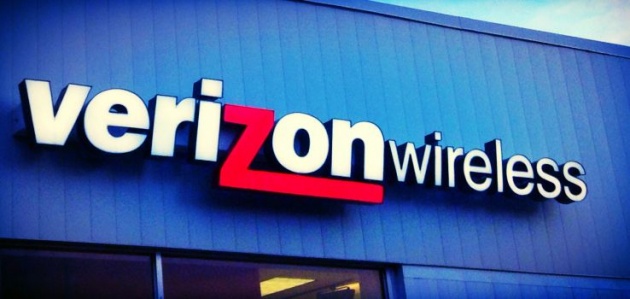
Verizon announced a brand new line-up of monthly plans for new customers. Following T-Mobile’s model, plans are now a bit cheaper and easier to understand. But you should expect to pay more for your phone as Verizon (TechCrunch’s parent parent company) will only sell you unsubsidized phones.
Here’s how it’s going to work. All plans come with unlimited voice and texts and starts at $30 per month. But for $30, you only get 1GB. If you need more data, you can pay $45 for 3GB, $60 for 6GB or $80 for 12GB. Chances are you are going to use your SIM card in a smartphone. The access fee will cost you $20 for a smartphone. So these new plans are not excessively cheaper than the old ones.
If you want to share these data plans with other devices, connecting a tablet costs $10 per month. For the 12 smartwatch owners with a SIM slot, it will cost you $5 per month to connect it, as well.
Before today’s plans, customers had to choose between family plans and single lines, choose a data bucket, paying a more expensive access fee if you had more data and a contract, etc. It was very complicated and time-consuming to understand everything.
Customers on a contract can’t switch to the new plans right away. But when your contract ends, Verizon will automatically lower your access fee, and you are free to move to the new plans (or you can keep your existing plan). You are also free to upgrade and downgrade your plan whenever you want with the newer offering.
But the big change will come when it’s time to get a new phone. Previously, Verizon was pushing you to buy a new phone and sign a new contract with subsidized device prices. Now, you have two options. You can pay for the new device upfront or you can sign up for monthly device payments.
With these payment plans, it makes buying a new phone less intimidating, because it will take you up to 24 months to pay it in full. It is more transparent and it should become a popular option as you end up paying the same price as the full upfront price, not more.
Today’s change is a natural evolution of the mobile landscape in the U.S. as T-Mobile has been slowly but surely gaining market share over the past couple of years. It is now the third carrier, having overtaken Sprint in total subscribers.
It will also make device prices more transparent. Some customers might keep their phones longer, and others might opt for cheaper devices, such as Motorola phones. It will be interesting to see whether high-end smartphone makers, such as Apple and Samsung, will suffer from this change.



